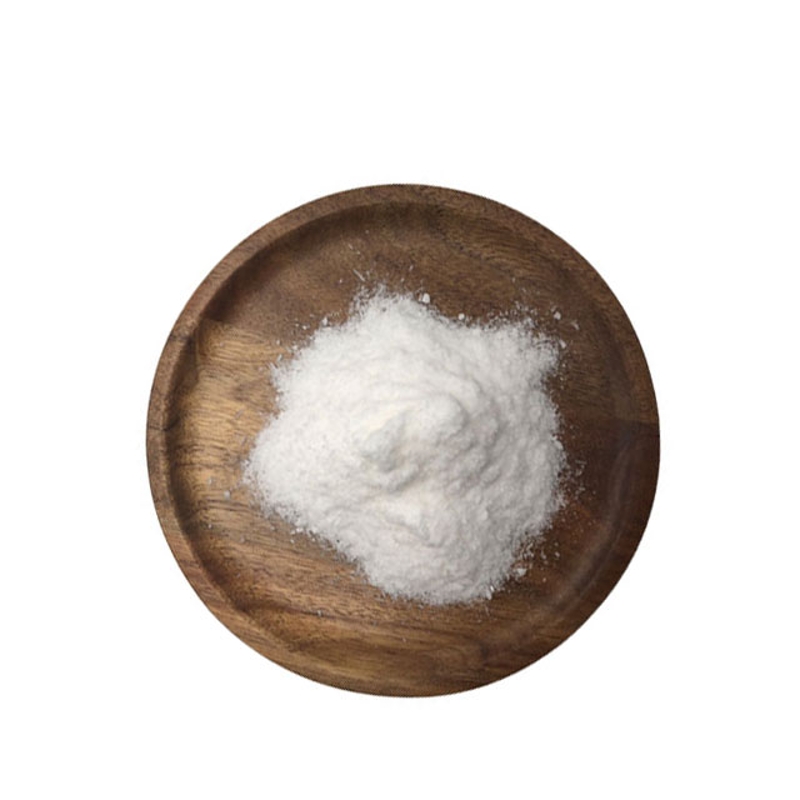-
Categories
-
Pharmaceutical Intermediates
-
Active Pharmaceutical Ingredients
-
Food Additives
- Industrial Coatings
- Agrochemicals
- Dyes and Pigments
- Surfactant
- Flavors and Fragrances
- Chemical Reagents
- Catalyst and Auxiliary
- Natural Products
- Inorganic Chemistry
-
Organic Chemistry
-
Biochemical Engineering
- Analytical Chemistry
- Cosmetic Ingredient
-
Pharmaceutical Intermediates
Promotion
ECHEMI Mall
Wholesale
Weekly Price
Exhibition
News
-
Trade Service
Obesity may cause poor prognostics in patients with neo-coronary pneumonia.
there is no relevant large-scale study data, so the effect of body mass index (BMI) on the prognostic prognostics of patients with neo-coronary pneumonia, especially young people, remains unclear.
study analyzed data from patients with COVID-19 in the American Heart Association and layered their BMI according to the WHO Obesity Classification, using normal weight as a reference.
the proportion of BMI stratum obese (especially grade 3 obese) patients hospitalized with new coronary pneumonia is much higher than in the general U.S. population, especially among ≤ 50-year-old adults.
7,606 patients, 1,602 (21.1%) were mechanically breathable and 1,302 (17.1%) died in hospital.
Patients with different BMI levels had a multivariable prognostic correction, level 1-3 obesity was associated with an increased risk of death or mechanical breathing in hospital (advantage ratios of 1.28, 1.57 and 1.80, respectively), and level 3 obesity was associated with a higher risk of death in hospital (risk ratio 1.26).
overweight and obese individuals with grades 1-3 had a higher risk of mechanical air access (advantage ratios of 1.28, 1.54, 1.88 and 2.08, respectively).
There was significant age and BMI interaction at all major endpoints in patients with age and BMI stratation, and the correlation between BMI and death or mechanical aeration was strongest in adults aged ≤50, second among 51-70 year olds, and weakest among people over 70 years of age.
(BMI≥40 kg/m2) was only associated with an increased risk of in-hospital death in patients aged ≤50 (risk ratio 1.36).
analysis, higher BMI was associated with dialysis and venous thromboembolism, but not with major heart adverse events.
obese patients are more likely to need hospitalization after contracting the new coronary pneumonia virus, and the risk of hospital death or mechanical aeration is higher, especially in young patients (≤50 years of age).
obese patients are also at higher risk of venous thromboembolism and dialysis treatment.
the findings suggest that obese people need to pay more attention to prevent new coronary pneumonia virus infection.







